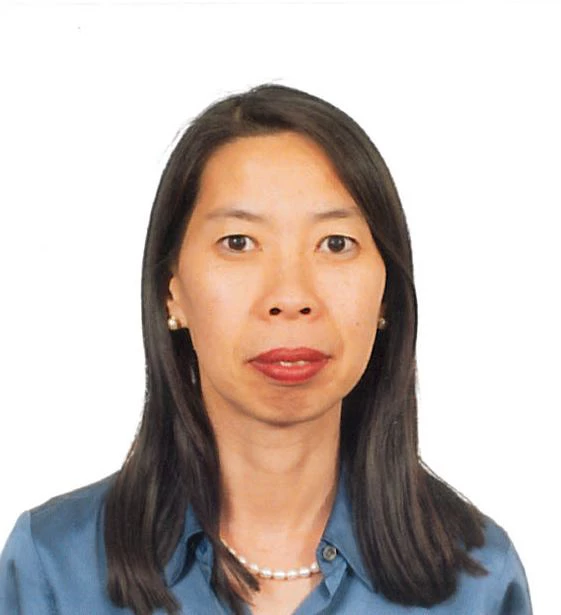
There was no internet, no phone, and most definitely no technology superhighway and ‘push-one-button solution’ to development. As we went from house to house, it seemed as though everyone in the village was sick. Children were running a high fever. In one household we visited, I asked the mother who was cradling her ill son whether she had been to see a doctor. She said yes. She had managed to borrow money from her neighbor and taken three van rides to the closest health clinic with her son. One month later, however, the child had not recovered and was still running a high fever. He could no longer go to school, and the mother was having difficulty tending her fields because she had to care for her son. I asked her if she was considering taking her son back to the clinic, and she said that even if she had the money, she would not go back. The health staff had treated her and her son badly, talking down to them and belittling them because they were poor ethnic minorities. She and her son only felt worse after the visit, and vowed not to return, no matter how sick the child became.
Variants of this story of marginalization and social exclusion abound. In other countries, it may be the single female head of household who is stigmatized because of her lowly status, or the internally displaced person who falls through the cracks of national safety nets and household surveys, or the ethnic minority villager who cannot speak the official language and consequently is unable or ashamed to speak up at community meetings.
At times like these, I am reminded of the adage that a society will not be judged by how it treats its wealthiest members but by how it treats its weakest and most marginalized people. At the root of these issues is not so much a macro-economic diagnosis and solution but the need to recognize that the causes and effects of marginalization and disenfranchisement require a deeper understanding of the “micro”, the local contexts, and belief structures. Development works best when we understand the multi-faceted realities on the ground and take the time to explore how poor people view their world. How do they think of development, and the contours of their realities? How do we, as development partners, embrace local knowledge and understand the underlying, interdependent causes of marginalization and exclusion? And finally, are we willing to support long-term endeavors that often require deeper social and cultural understanding and multi-faceted interventions?
These are some of the questions which the new report Inclusion Matters: The Foundation for Shared Prosperity tries to address. The report aims to kick-off a discourse within the World Bank Group and with partners on how should we approach these issues of marginalization. It argues that progress towards inclusion can be made by enhancing the three related channels of ability, opportunity, and dignity, and discusses the ways in which different countries have pursued social inclusion. Let’s start having these important conversations on how we can tackle some of the toughest, most complex and entrenched forms of exclusion.
This blog serves as an introduction to the Social Inclusion report, to be launched during the event Social Inclusion: The Foundation for Shared Prosperity at the World Bank Group/IMF Annual Meetings on October 9.


Join the Conversation